10 Ways Computers Are Used in Medicine
Zeeshan Mir Baz has collected the information from this website:https://www.techwalla.com/articles/10-ways-computers-are-used-in-medicine in this article by Gabriel Dockery said that:
As computers have become mainstream appliances, they have found their way into virtually all aspects of human endeavors and medicine is no exception. Computers help physicians and medical researchers discover, test and apply medical techniques in virtually every hospital in the world. Furthermore, computer technology provides an infrastructure to allow for medical ideas and knowledge to be filed and shared globally with other medical professionals.
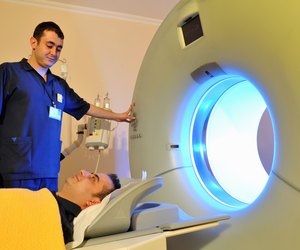
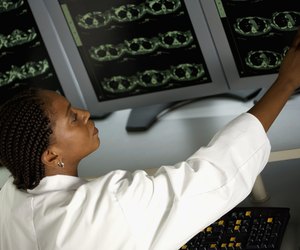
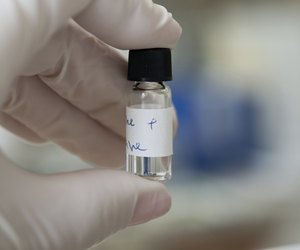
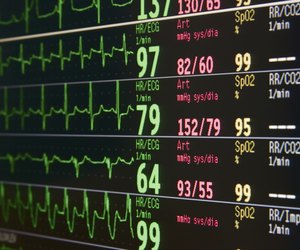

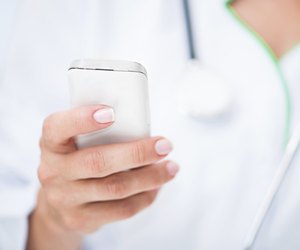
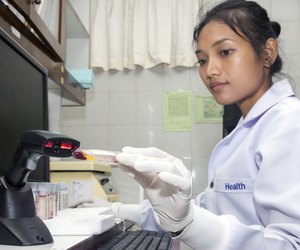
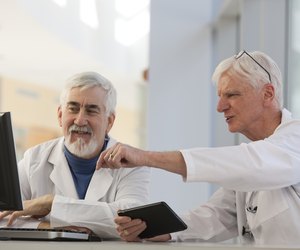
As computers have become mainstream appliances, they have found their way into virtually all aspects of human endeavors and medicine is no exception. Computers help physicians and medical researchers discover, test and apply medical techniques in virtually every hospital in the world. Furthermore, computer technology provides an infrastructure to allow for medical ideas and knowledge to be filed and shared globally with other medical professionals.
As
computers have become mainstream appliances, they have found their way
into virtually all aspects of human endeavors and medicine is no
exception. Computers help physicians and medical researchers discover,
test and apply medical techniques in virtually every hospital in the
world. Furthermore, computer technology provides an infrastructure to
allow for medical ideas and knowledge to be filed and shared globally
with other medical professionals.
X-rays and CT scans

CT scanning machines are run and monitored by computers.
credit: Levent Konuk/iStock/Getty Images
X-rays
and CT scans use radiation to produce images of a patient's internal
structure to search for abnormalities. X-rays allow for viewing of the
internal structure of the patient from one perspective. CT scanning on
the other hand uses computer technology to take several X-ray images
that are two-dimensional cross-sections and turn them into a
multidimensional picture that doctors use to make a diagnosis. These
single X-rays are combined using computer programs that precisely
reconstruct the internal structure of the patient.
Magnetic Resonance Imaging

Checking MRI scans
credit: Medioimages/Photodisc/Digital Vision/Getty Images
Magnetic
Resonance Imagining, more commonly known as MRI, is the process of
using powerful magnetic fields to map the patient's internal structure
and activity. According to Radiologyinfo.org, MRI is used to produce
detailed images of soft tissue in the body without using radiation. The
bio-electrical activity in the body is detected by the MRI machine and
fed to a computer that interprets the structure of the area being
scanned and presents a three-dimensional presentation of electrical
activity in the region. This allows doctors to search for physical and
operational defects in patients without invasive surgery.
Spectroscopy

Sample to be tested by spectroscopy.
credit: Mara Radeva/iStock/Getty Images
Spectroscopy
is the process of irradiating a substance, such as biopsy tissue or
suspected dangerous substances, and examining the reflected or
transmitted radiation patterns. A number of different spectroscopy
methods have been developed to measure different energy characteristics.
All substances absorb and reflect only specific wavelengths of
electromagnetic radiation. The reflected or transmitted radiation is
analyzed by a computer that determines which wavelengths are present or
missing. This pattern, called a spectrum, is then compared to a database
of known substances to find a match. This allows doctors to quickly
determine if a poisonous substance is involved and decide appropriate
treatment actions.
Patient Monitoring

Computer measuring patient's statistics.
credit: Andrei Malov/iStock/Getty Images
Patients
admitted to a hospital are connected to machines that use vital
statistics monitoring software to record blood pressure, pulse, and
oxygen levels. These computers monitor a patient and are programmed to
notify the staff in the event any of these statistics move outside of
acceptable ranges.
Surgery

Computers used during surgery
credit: Keith Brofsky/Stockbyte/Getty Images
Computerized
robotics allow doctors to perform surgery on patients without even
being in the same room. These computer-controlled surgeries allow
doctors to save the lives of patients many miles away which may not have
been possible otherwise. Video networking and real-time vital
statistics monitoring allow for safe, precise surgeries that are
observed by on-staff doctors or students.
Secure Data Storage
Prior
to the use of computers, sensitive patient data was kept in filing
cabinets that were bulky and easily broken into. Today, computer
database technology allows medical professionals to maintain thorough
patient files secured with encryption routines and even stored off site
for extra security and backup capabilities.
Internet Connectivity

Doctors use smart phones to communicate
credit: Zheka-Boss/iStock/Getty Images
Doctors
and researchers commonly use personal computers for real-time consults
and second opinions. This allows for the diagnosis procedure to take
less time, which can equate to increased lab results or a life-saving
treatment. Furthermore, the use of small computing devices, such as PDAs
and smart phones, allow doctors to perform their work in less
technologically advanced areas that do not have landline Internet
connects.
Diagnostic Databases
Medicine
encompasses a vast field of knowledge that is expanding every day.
Computer databases allow doctors to store diagnostic information and
make that information searchable. This allows medical information from
previous cases and peer-reviewed journals to be instantly available to
medical professionals at any time and place.
Medical Research

Research using computers
credit: riskms/iStock/Getty Images
Currently,
distributed computing platforms are used to run medical simulations in
search of cures to diseases such as cancer, AIDS, and Alzheimer's
disease. This computerized software lets millions of computers join
together in a manner that exponentially increases the speed at which
potential cures may be found.
Medical Practice Software

Record keeping is much easier using computer systems.
credit: Huntstock/Huntstock/Getty Images
Computer
software is used to track and project virtually all aspects of a
medical practice. Patient files, profit and loss statements, and billing
and insurance forms are all handled using computer software that
streamlines the office work of a medical practice and allows doctors
more time to spend with their patients.
Comments
Post a Comment